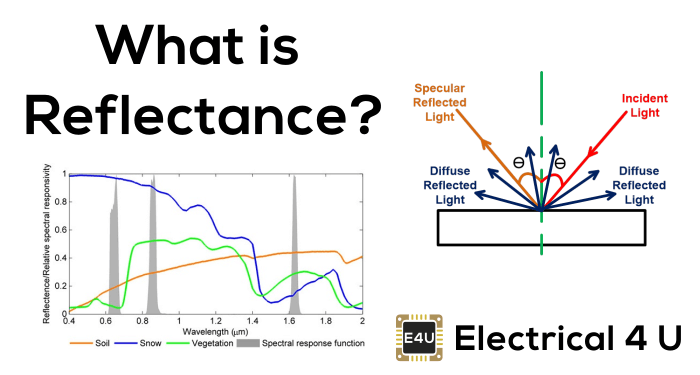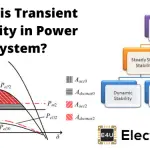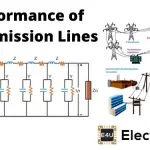内容

什么是菲涅耳方程?
菲涅耳方程(也称为菲涅耳系数)被定义为菲涅耳系数电场反射和传输波到事件波的电场。该比率是复杂的,因此描述了相对幅度以及波之间的相位偏移。
菲涅耳方程(菲涅耳系数)描述了当它入射在两个不同介质之间的界面上时的光的反射和传输。奥古斯丁 - 牛仔菲涅耳介绍了菲涅耳方程。他是第一个了解光线是横向波的第一个。
当光入射在电介质的表面上时,它将作为入射角的函数反射和折射。反射波的方向由“反射法则”给出。
常规生活中可以看到菲涅耳效应。它可以在闪亮和粗糙的表面上看到。水面上的这种效果非常清晰。当从空气介质中入射在水的光时,光线将根据入射角反射。
菲涅耳效应无处不在。如果您尝试环顾四周,您会发现很多示例。这种影响高度取决于发病率。
入射角是您正在寻找的物体的视线和表面之间的角度。下图显示了事件的角度在菲涅耳反射中的效果。
S和P偏振
具有表面正常和传入辐射的传播向量的平面被称为入射平面或入射平面。
发病率平面在入射光极化的反射强度中起重要作用。偏振被定义为横波的属性,其指定振荡的几何取向。
有两种类型的极化;
- S-极化
- p偏振
当光的偏振垂直于入射平面时,偏振被称为S偏振。这个词来自德国词Senkrecht.这意味着垂直。S偏振也称为横向电气(TE)。
当光的偏振平行于入射的平面或其躺在事件的平面中时。该平面被称为p偏振。S偏振也称为横向磁性(TM)。
下图表明入射光在S偏振和P偏振中反射和传输。
菲涅耳方程复杂折射率
菲涅耳方程是一个复杂的等式,意味着它考虑了幅度和相位。菲涅耳方程在除了电力之外考虑相位的电磁场复振幅而言。
这些等式是电磁场的比率,并且它以各种形式制成。复幅度系数由R和T表示。
反射系数'R'是反射波的电场复幅与入射波的比率。反射系数的T'是传输波的电场复幅与入射波的比率。
如上图所示,我们假设入射角是θ一世,反映在θ的角度R.,并以θ的角度传输T.。
N一世是入射光介质的折射率和nT.是透射光介质的折射率。
因此,有四个菲涅耳方程;反射系数的两个方程是(rP.和R.S.)和反射系数的两个方程式(t)(tP.和TS.)。
菲涅耳方程衍生
让我们假设入射光反射,如上图所示。在第一种情况下,我们将推导出S偏振的菲涅耳方程。
对于S偏振,平行分量E和垂直组件B在两个介质之间的边界上连续。
因此,来自边界条件,我们可以为电子字段和B字段编写方程,
(1)
(2)
我们在B和E之间使用以下关系来消除B.
从反思法中,
将此值放在EQ-2中,
(3)
(4)
(5)
(6)
(7)
(8)
(9)
现在,对于反射系数T,来自EQ-1和EQ-4,
(10)
(11)
(12)
(13)
(14)
这些是垂直偏振光(S偏振)的菲涅耳方程。
现在,让我们推出平行偏振光(P偏振)的方程。
对于S偏振,E场和B场的方程是;
(15)
(16)
我们在B和E之间使用以下关系来消除B.
(17)
将此值放在EQ-15中,
(18)
(19)
(20)
(21)
(22)
(23)
(24)
现在,对于反射系数T,来自EQ-17
将此值放在EQ-15中
(25)
(26)
(27)
(28)
(29)
(30)
让我们总结了所有四个菲涅耳的方程式,








